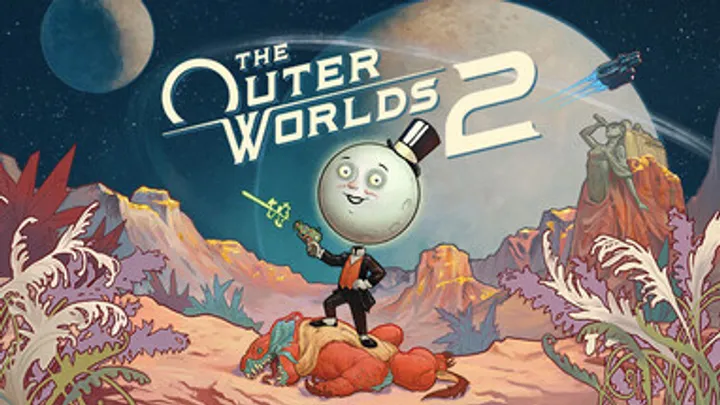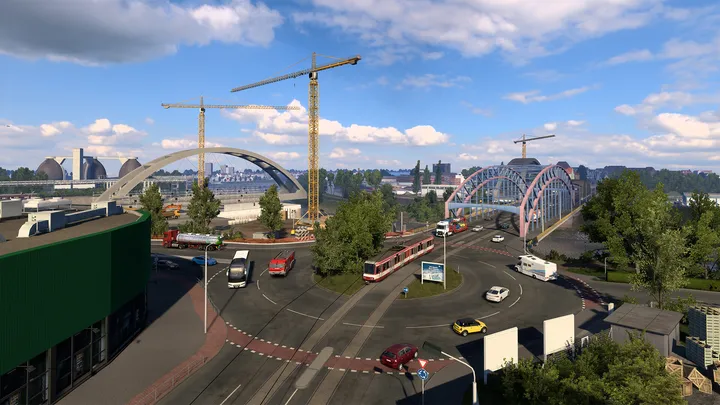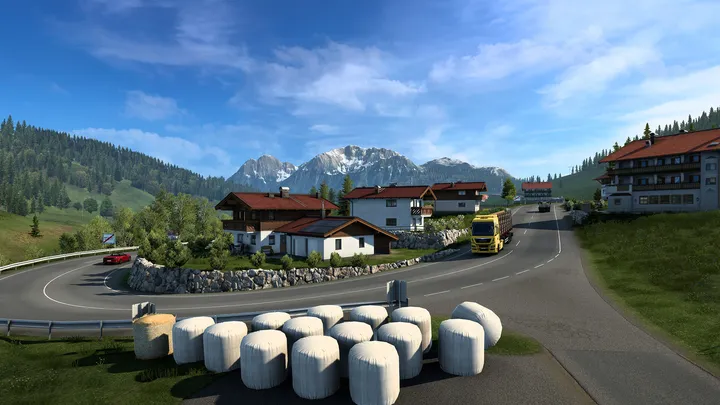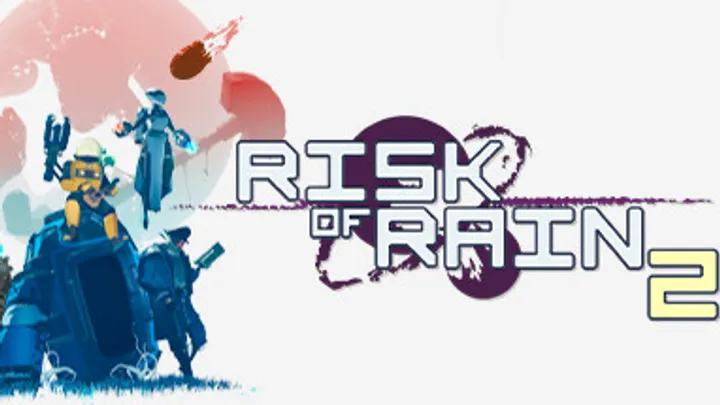Introduction
Little Nightmares II, developed by Tarsier Studios and published by Bandai Namco Entertainment, released on February 11, 2021, for PlayStation 4, Xbox One, Nintendo Switch, and PC, with a PlayStation 5 and Xbox Series X|S upgrade, brings a haunting sequel to the original puzzle-platformer. This game introduces players to Mono, a young boy navigating a distorted world alongside Six, the protagonist from the first game, as they face nightmarish creatures and unravel a sinister mystery. Priced at $29.99 for the standard edition, it gained attention through its eerie atmosphere and cinematic trailers, with early access feedback praising its storytelling and visuals, though some noted its brevity and difficulty. This review explores its narrative, world, gameplay, and technical execution to assess its standing as a chilling adventure.
Narrative & Storytelling
Little Nightmares II weaves its narrative through an atmospheric, non-verbal storyline that unfolds through exploration and visual cues. Players embody Mono, a boy with a paper bag over his head, who teams up with Six to escape a world controlled by the Signal Tower, a looming presence that distorts reality. The story progresses through haunting environments—schools, hospitals, and forests—revealing a tale of manipulation, survival, and identity through abandoned objects, distorted broadcasts, and Six’s shifting behavior. The climax offers a poignant twist, tying Mono’s fate to the tower’s influence, leaving players with a lingering sense of dread and curiosity.
However, the lack of dialogue or a clear explanation might leave some wanting a more explicit plot, as the experience relies on emergent narratives—moments of trust, betrayal, or escape—that depend on interpretation. The storytelling excels in its emotional impact and visual storytelling, though its depth hinges on the player’s willingness to piece together the mystery, making it a captivating journey for those who embrace its ambiguity.
World & Environments
The world of Little Nightmares II centers on a series of nightmarish, hand-crafted levels, including a decaying school, a twisted hospital, and a misty forest, rendered with a dark, painterly aesthetic. The environments evolve with each chapter, featuring dynamic hazards like collapsing floors or shifting shadows, enhanced by atmospheric effects like flickering lights and eerie fog, creating a constantly unsettling backdrop. Sound design, with creaking wood, distant cries, and a haunting score, builds an immersive atmosphere, while subtle audio cues—like the Signal Tower’s hum—guide players through the tension.
Yet, the linear progression might limit environmental variety over time, as the focus remains on claustrophobic exploration rather than open-world freedom. The design prioritizes a curated, oppressive aesthetic, which could feel restrictive for players seeking diverse landscapes. Community feedback celebrates the atmospheric design and level variety, though some note the lack of replayable areas, suggesting a world that thrives in horror but may benefit from expanded scope to sustain engagement.
Gameplay Mechanics
Core Loop
The core loop revolves around puzzle-solving and stealth navigation, where players overcome obstacles and evade enemies within 10-20 minute sessions per chapter, offering a tense rhythm. The cycle of exploration, puzzle-solving, and survival drives a compelling flow, encouraging focused play.
On-Field Mechanics
The gameplay hinges on platforming and stealth, with Mono’s abilities—jumping, grabbing, and using objects like hammers or TVs—adding tactical depth to evade grotesque enemies like the Teacher or Hunter. Cooperative elements with Six, who assists in specific tasks, enhance variety, though balance issues with enemy awareness can disrupt flow. The mechanics reward timing and observation, demanding skill to master their precision.
Mode-Specific Features
The primary mode focuses on the main campaign, with chapters like the School or Pale City providing goals, such as reaching checkpoints or rescuing Six. Collectibles like hats or glitching remains add optional challenges, while the difficulty scales with enemy encounters. The range of puzzles and stealth scenarios caters to different playstyles, but balance adjustments for checkpoint placement and enemy timing lag, a point raised in early feedback.
Progression & Multiplayer
Progression includes unlocking hats and tracking chapter completion, balancing grind with cosmetic rewards in a system that feels satisfying based on initial play. The game lacks traditional multiplayer, but its cooperative dynamic with Six fosters a unique partnership, though the absence of co-op modes limits social play. The progression system thrives on narrative advancement, requiring refinement to enhance replayability.
Technical Execution
Little Nightmares II delivers a visually striking experience with its dark, detailed graphics, expressive character animations, and atmospheric lighting, optimized for next-gen consoles but playable on older systems with adjustments. Post-launch updates have addressed stability, but occasional frame drops during intense scenes persist. Audio impresses with a haunting score and environmental sounds, though repetitive enemy noises can detract over long sessions.
Controls are responsive with precise analog and button inputs, offering a natural feel across controllers, though the lack of touch support limits mobile versatility. Ongoing updates are refining core systems, but initial technical hiccups suggest continued optimization is needed. The execution supports the horror focus, with visuals and audio as strengths amid polish challenges.
Community Feedback
Little Nightmares II has cultivated a dedicated community, with early praise for its story, atmospheric world, and puzzle design, though concerns about length, difficulty, and performance surface from player discussions. Excitement for Mono’s journey and the Signal Tower mystery is widespread, but frustration with abrupt difficulty spikes and occasional bugs persists. Community feedback drives development, sustaining interest, and player retention remains strong, fueled by the game’s eerie appeal.
Criticism centers on content length and technical stability, with players noting its brevity and a desire for more chapters, alongside debates over performance on base consoles. The community’s active input shapes updates, reflecting a group eager to see the game evolve into a polished horror experience.
Final Verdict
Little Nightmares II delivers a chilling puzzle adventure with its atmospheric storytelling and tense gameplay, celebrating the horror of survival. Its dynamic world and stealth mechanics shine, though length and technical issues pose challenges. It’s a must-play for horror fans, with patience required as updates refine the experience.










































































